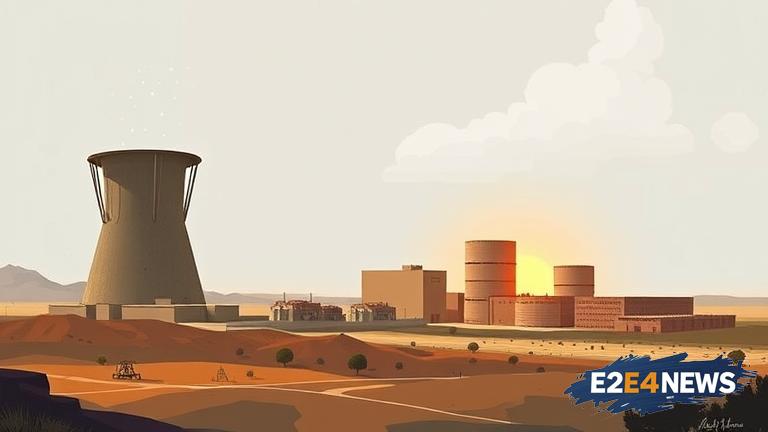In a significant development, Israel has issued a warning that Iran could potentially reach enriched uranium levels at a nuclear site recently struck by the US. This alert comes amid heightened tensions in the region, involving the US, Israel, and Iran. The nuclear site in question was reportedly attacked by the US, leading to concerns about Iran’s ability to resume uranium enrichment activities. Enriched uranium is a critical component in nuclear energy and, when highly enriched, can be used in nuclear weapons, raising proliferation concerns. Israel has been vocal about preventing Iran from developing nuclear weapons, a stance that aligns with US policy. The attack on the nuclear site is seen as a strategic move to hinder Iran’s nuclear capabilities. However, Israel’s warning suggests that Iran might circumvent such setbacks. The situation underscores the volatile nature of Middle East geopolitics, where nuclear capabilities are a focal point of international concern. The US and its allies are closely monitoring Iran’s nuclear activities, fearing any advancement could destabilize the region. This incident highlights the ongoing struggle to curb nuclear proliferation and the complex diplomatic relations involved. The international community is urged to address these issues to prevent escalation. The potential for Iran to achieve enriched uranium despite the attack indicates the resilience of their nuclear program. This raises questions about the effectiveness of military actions in halting nuclear progress. Diplomatic efforts, including negotiations and sanctions, are being considered to manage the situation. The stakes are high, with implications for global security and the balance of power in the Middle East. As tensions rise, the need for a comprehensive solution becomes increasingly urgent. The involvement of multiple nations complicates the scenario, necessitating a coordinated international response. The situation remains fluid, with ongoing developments likely to shape the future of nuclear diplomacy in the region.
